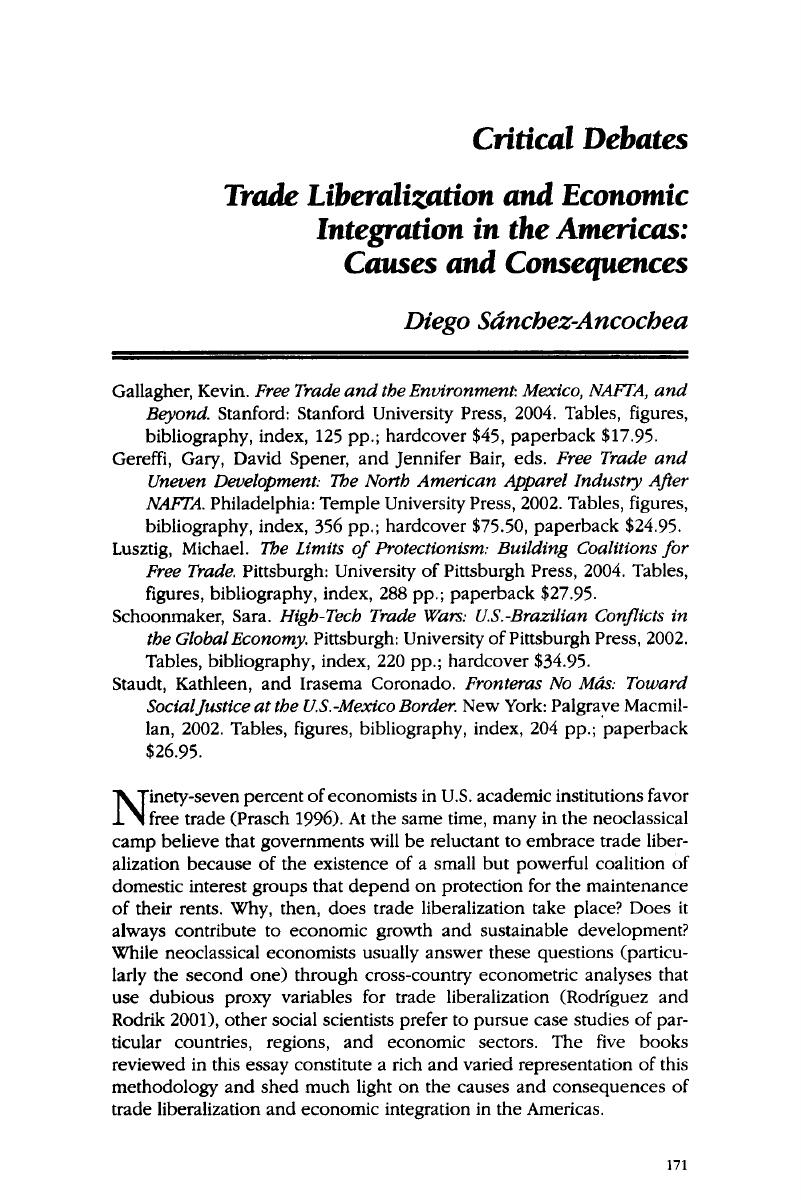Crossref Citations
This article has been cited by the following publications. This list is generated based on data provided by Crossref.
Dau, Luis Alfonso
Moore, Elizabeth M.
Figgins, James Arie
and
Martínez-Rincón, Julián
2019.
International Firms’ Economic Nationalism and Trade Policies in the Globalization Era.
p.
99.



